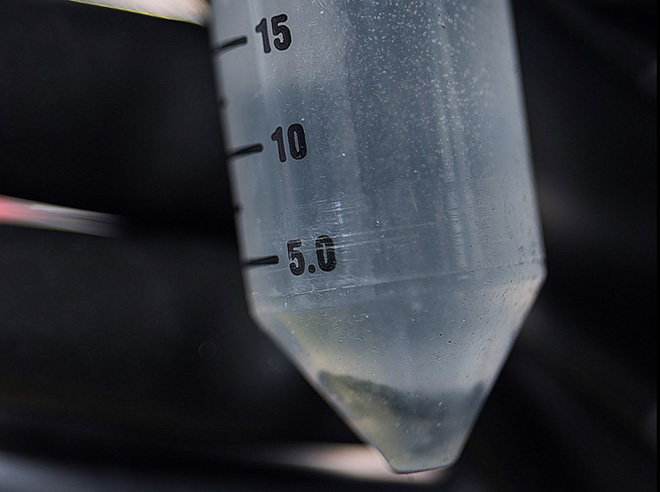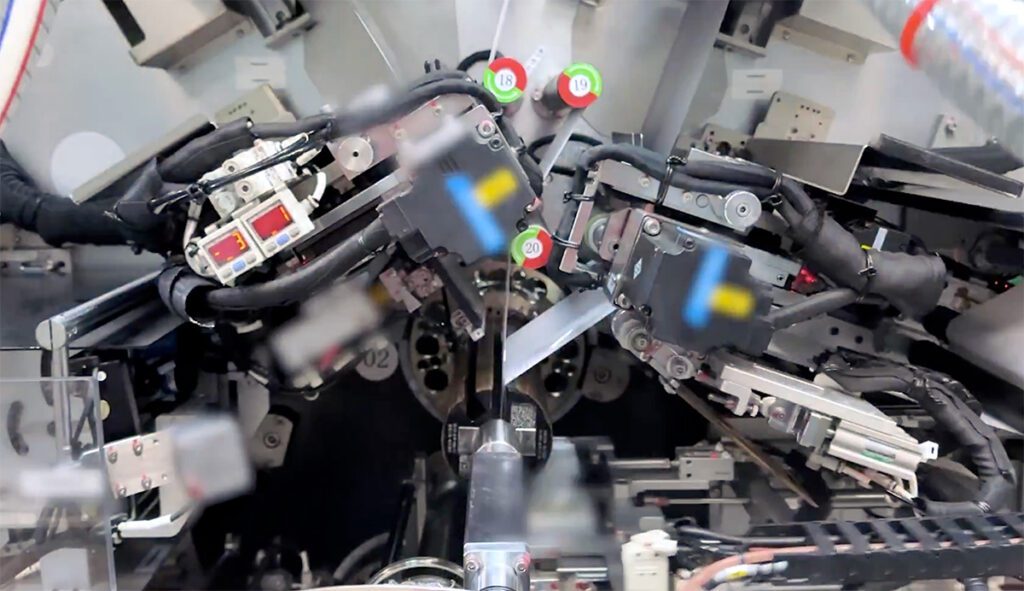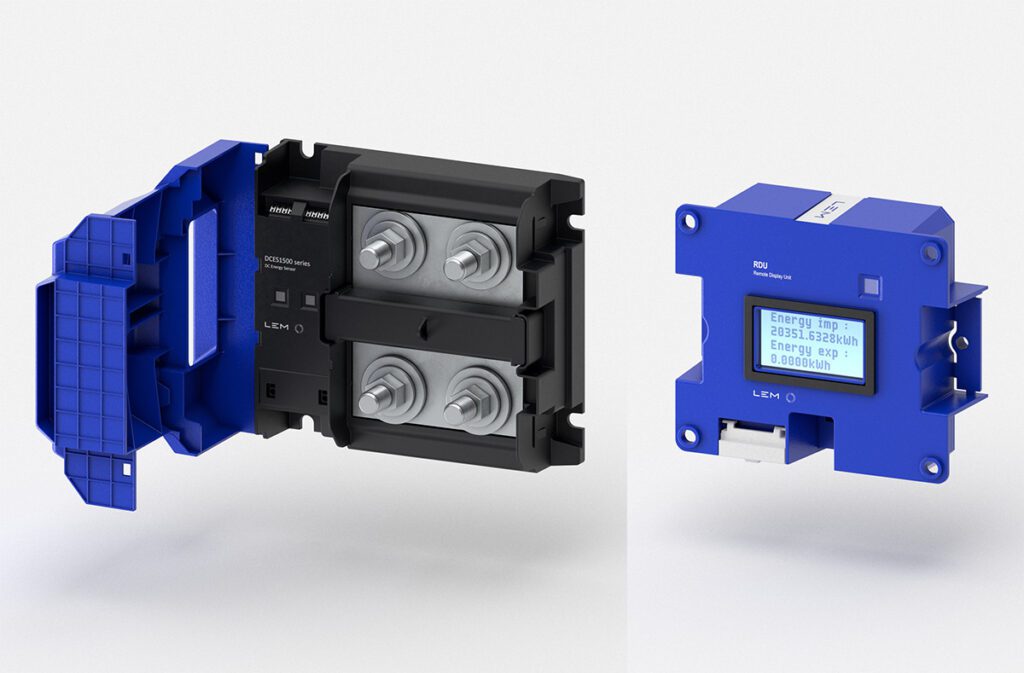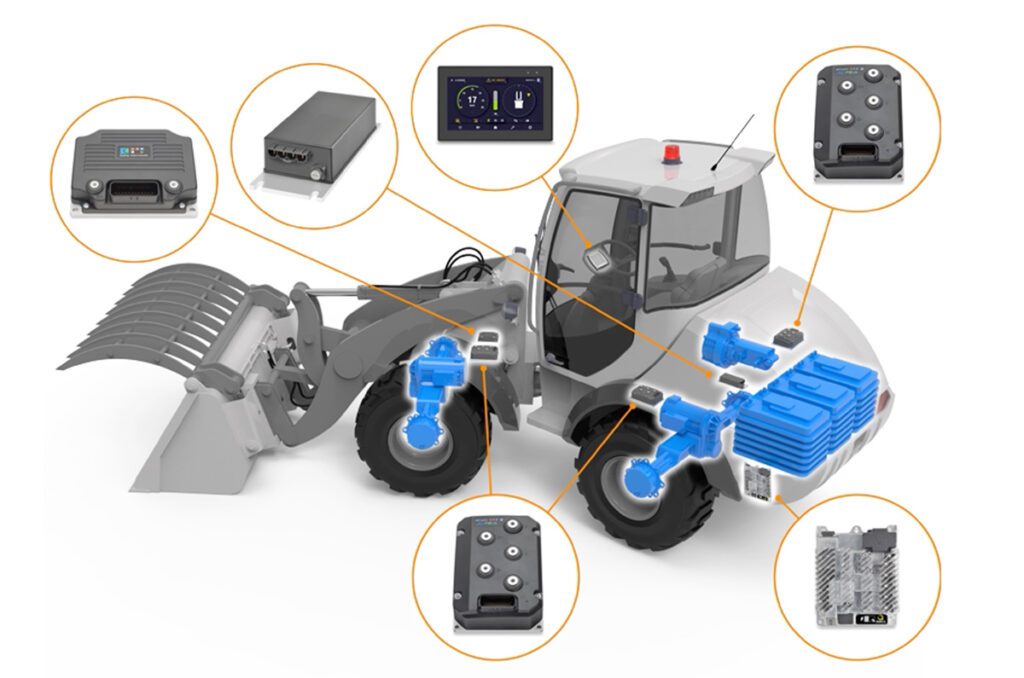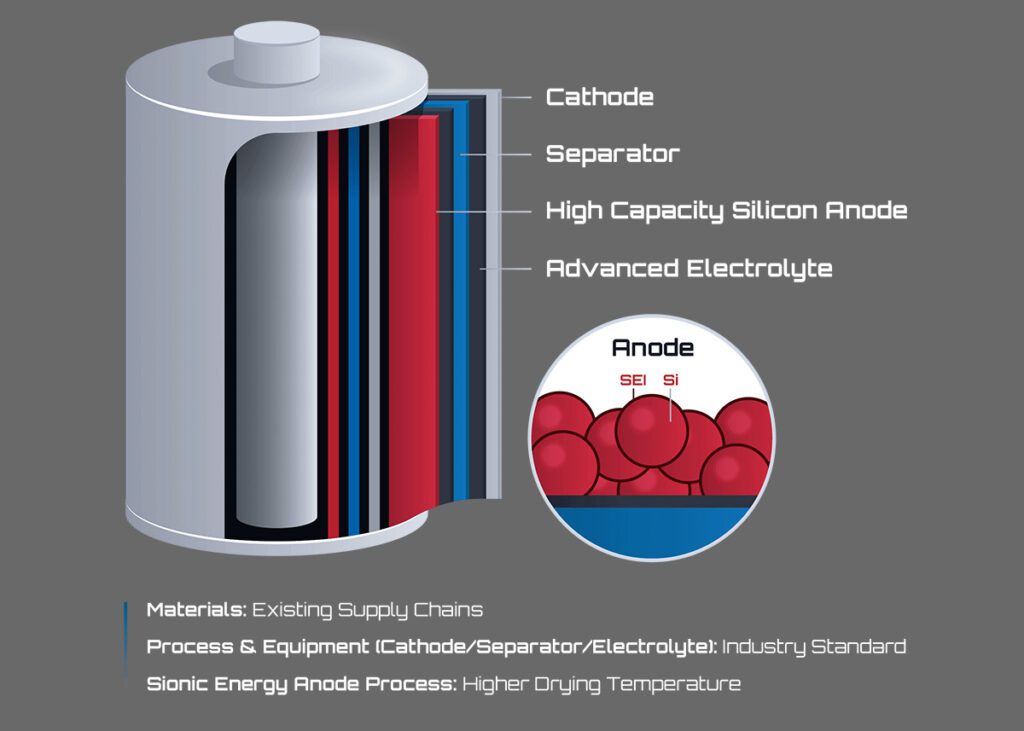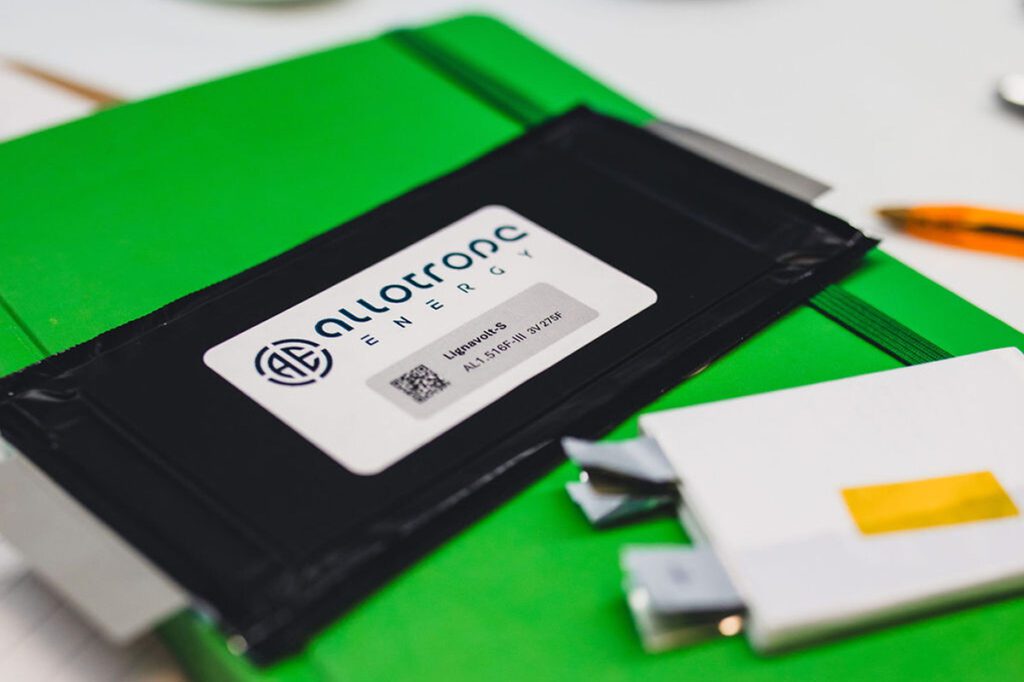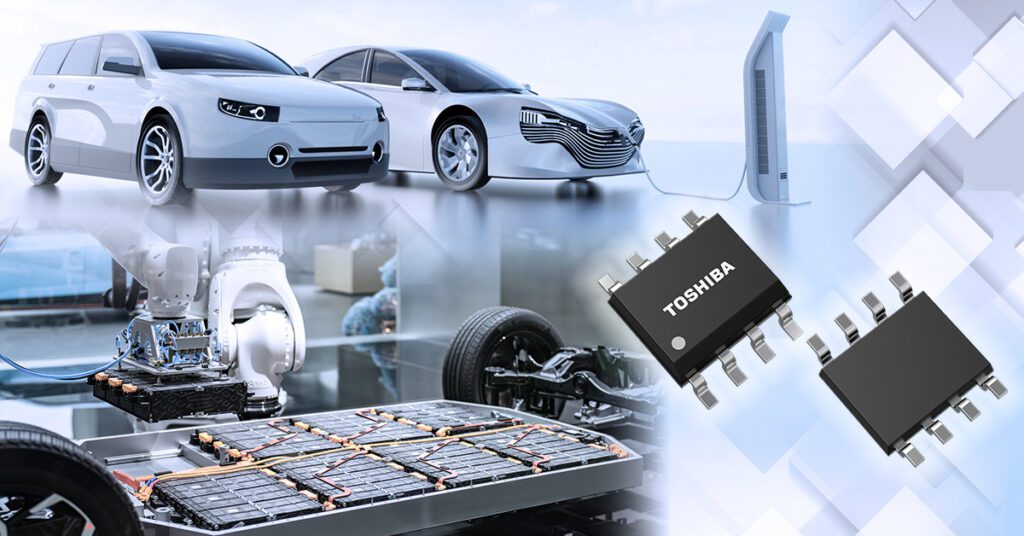Image: Alloy in solvent
A simple technique for producing oxide nanowires directly from bulk materials could dramatically lower the cost of producing the one-dimensional (1D) nanostructures. That could enable the production of thermally stable, strong battery membranes able to withstand temperatures of more than 1,000° C.
In “Transformation of bulk alloys to oxide nanowires,” recently published in Science, Gleb Yushin and colleagues describe a technique that uses a solvent reaction with a bimetallic alloy – in which one of the metals is reactive – to form bundles of nanowires (nanofibers) when the reactive metal dissolves. The process is conducted at ambient temperature and pressure without the use of catalysts, toxic chemicals or costly processes such as chemical vapor deposition.
“This technique could open the door for a range of synthesis opportunities to produce low-cost 1D nanomaterials in large quantities,” said Professor Gleb Yushin of the Georgia Institute of Technology. “You can essentially put the bulk materials into a bucket, fill it with a suitable solvent, and collect nanowires after a few hours, which is way simpler than how many of these structures are produced today.”
The dimensions of the nanowire structures can be controlled by varying the solvent and the processing conditions. The structures can be produced in diameters ranging from tens of nanometers up to microns.
One potential application is separator membranes for lithium-ion batteries. The polymer separation membranes currently used can’t withstand the high temperatures generated by certain failure scenarios. As a result, batteries must be designed very carefully to reduce the risk of fires and explosions, and it’s extremely hard to consistently avoid defects and errors when producing tens of millions of devices.
Using low-cost paper-like membranes made of ceramic nanowires could help address those concerns, because the structures are strong, thermally stable and flexible.
“Overall, this is a better technology for batteries, but until now, ceramic nanowires have been too expensive to consider seriously,” Yushin said. “In the future, we can improve mechanical properties further and scale up synthesis, making the low-cost ceramic separator technology very attractive to battery designers.”
As the process is scaled up to produce industrial quantities, Yushin expects to see fabrication costs cut by several orders of magnitude over existing methods. “With this technique, you could potentially produce nanowires for a cost not much more than that of the raw materials,” he said.
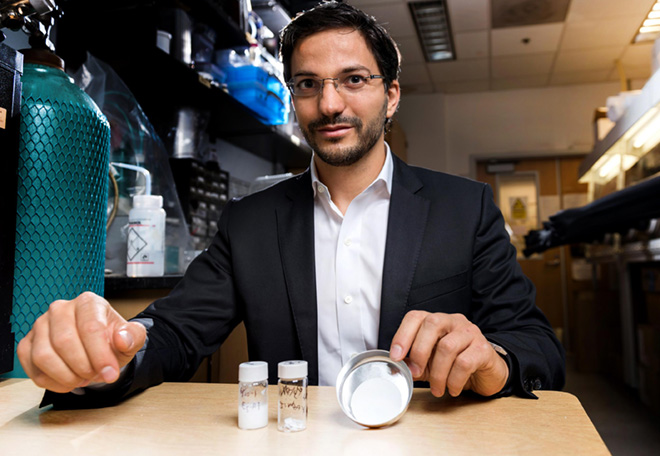 Gleb Yushin and nanowires
Gleb Yushin and nanowires
Source: Georgia Tech







